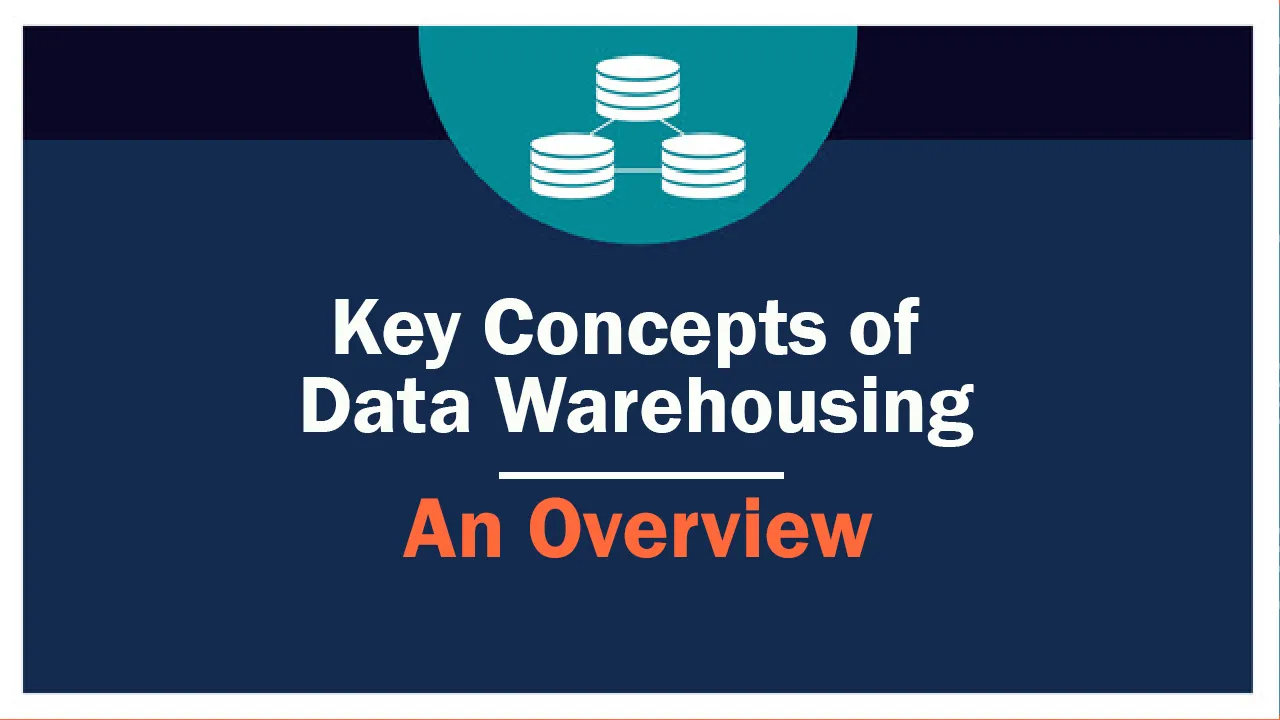Last few decades have seen a revolution in terms of cloud-based technologies. These technologies allow organisations to seamlessly store and retrieve data about their customers, products, and employees. This data can then be used to gather actionable insights and take the organisation up the ladder.
While Big Data and Analytics deals with the actions performed on data AFTER it’s retrieved, the concept of Data Warehousing focuses on how that data is stored in the cloud. Many global organisations have embraced the concept of Data Warehousing to organise their data that streams from operational centers and corporate branches around the world.
The concept of data warehousing was absent till the Big Data boom happened. Before that, all the organisations used OLTP (Operational databases), which are suitable for managing, tracking, and analyzing day to day activities, but miserably fail when it comes to dealing with historical datasets that might span terabytes in size. An OLTP system is merely a relational database model that works on Entity-Relationship. While still used, OLTPs are slowly fading away owing to the colossal amounts of data with organisations today.
What is a Data Warehouse?
The concept of Data Warehousing allows organisations to collect, store, and deliver decision-support data. The concept of data warehousing is broad, and a data warehouse is one of the artifacts created during the process of warehousing.
The term “Data Warehouse” was coined by William (Bill) H. Inmon back in 1990. According to Inmon, a data warehouse is merely a subject-oriented, integrated, time-variant, and nonvolatile collection of data in support of management’s decision-making process.
Who is a Data Scientist, a Data Analyst and a Data Engineer?
The OLTP we talked about earlier undergoes frequent changes (almost daily). So much so that it’s impossible for a business executive to analyse previous product feedbacks or complaints due to a lack of historical data.
A data warehouse, on the other hand, provides a consolidated data in a multidimensional view. It also provides OLAP (Online Analytical Processing) tools – which are of tremendous aid when you get down to analyzing the data you’ve stored. A Data Warehouse, unlike an OLTP, also supports operations such as Data mining, classification, clustering, and predictive analysis. Due to all these reasons and more, the concept of Data Warehousing has become an integral part of any organisation.
What is a data warehouse not?
People relatively newer to the concept of Data Warehousing often confuse a “data warehouse” for a “database”. However, let’s clarify this point before we move any further – a data warehouse is not just a database but more than that. It includes a copy of operational data which is collected from multiple data sources and comes handy during strategic decision making.
Some also believe that a data warehouse contains ONLY historical data. However, it’s far from the truth. A data warehouse can be made to include historical data, and also analytics and reporting data, too. The transactional data that is managed in data stores is, however, not stored in a warehouse. The purpose of using Data Warehouse is to analyse historical data and gain actionable insights seamlessly.
Importance of Data Warehousing
By now we are on the same page regarding the concept of Data Warehousing, the need of it, and saw the significant differences between a Data Warehouse and an OLTP. Now, let us look at the importance of the concept of Data Warehousing:
Ensures data consistency
Data warehouses store data from various sources, and that data is in multiple formats. Hence, they are programmed to apply ETL methods to ensure that the data is overall consistent. Consistency is what makes data warehousing a perfect tool for corporate decision-makers to analyse and share data insights with their colleagues around the globe. Standardizing and formatting the data also reduces the risk of errors while data analysis; thereby providing overall better accuracy.
Facilitate better decisions
“First comes data, then theories.” A data warehouse allows organisations to store and retrieve data with ease thereby ensuring better theories and strategies around that data. Data warehousing is also a lot faster regarding accessing different data sets and makes it easier to derive actionable insights.
Improve their bottom line
A data warehouse helps in the improvement of overall operations of any organisation by allowing the stakeholders to dive into their historical data. This, eventually, enables business leaders to quickly track their organisation’s past activities and evaluate successful (or unsuccessful) strategies. This allows executives to see where they can adjust their approach to decrease costs, maximise efficiency, and increase sales to improve their bottom line.
#data science #data #technology
